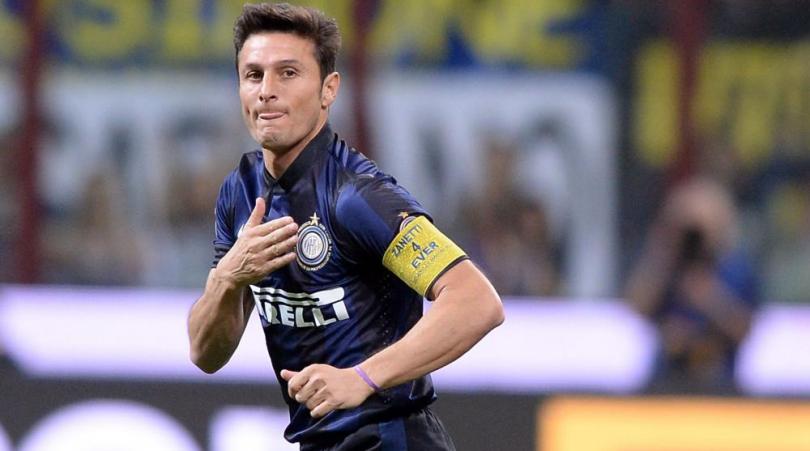What Hodgson can learn from England's failure - at Euro 88
What happens next? Louis Massarella studies history for clues...
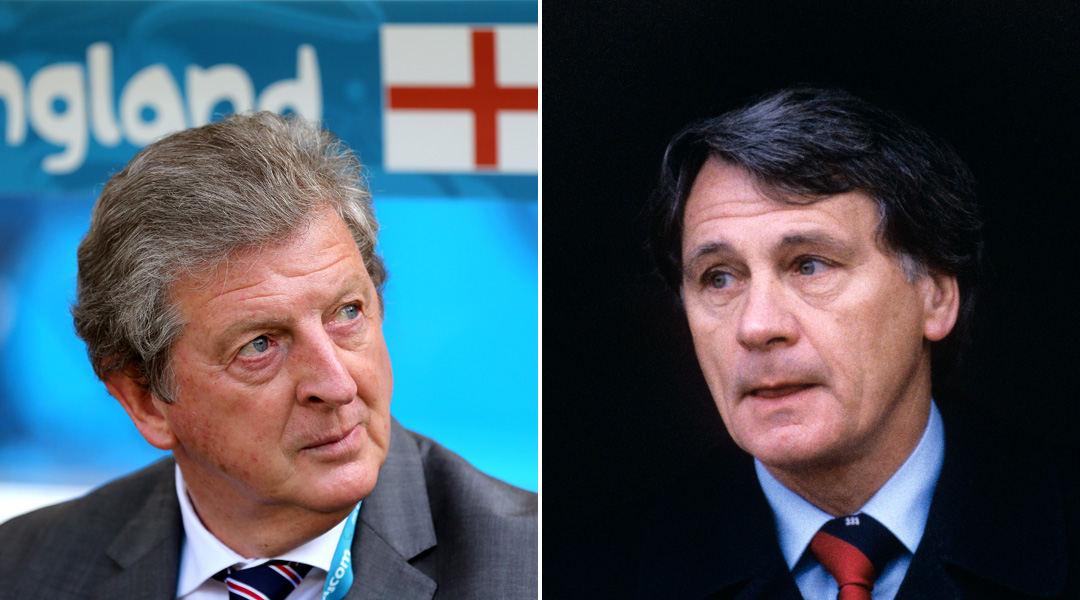
“I can take the despair,” says Brian Stimpson in the 1986 film Clockwise, “it’s the hope I can’t stand.”
John Cleese’s hapless headmaster could easily have been speaking as a football fan. More specifically, an England one. Because, somehow, not qualifying for the finals at all (despair) is less painful than going to the trouble of getting through (hope), only to fall at the first hurdle.
As every Tom, Dick and Gary Lineker keeps reminding us, until this year England hadn’t failed to make it beyond the first group stage of the World Cup since 1958, when Walter Winterbottom’s side were drawn in what was considered by many to be the tournament’s first ever Group of Death alongside Brazil, the Soviet Union and Austria.
What this version of history fails to mention is that England were deprived of several of their star players that summer, lost just months earlier in the Munich disaster, which somehow makes 2014’s failure in Brazil even more glaring.
That it also fails to take into account the five tournaments England have failed to even qualify for since - the World Cups of 1974, 78 and 94 and Euros 84 and 2008 (FFT doesn’t count pre-1980 European Championships, the ‘finals’ of which consisted of just four teams) - illustrates the aforementioned despair/hope conundrum perfectly.
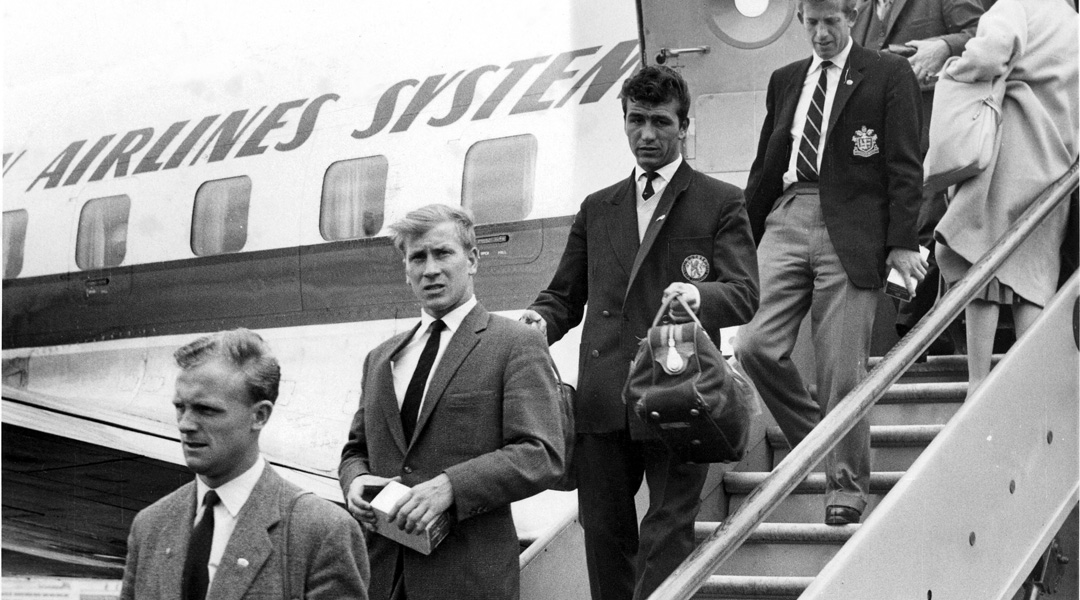
But we digress. For despite all the lazy parallels drawn between 1958 and 2014 – the World Cup finals have doubled in size since then, don’t forget – it was another England failure to get out of their group at a major tournament that bears closer comparison and, viewed a little more closely, may even provide Roy Hodgson with a few crumbs of comfort looking forward.
It was 26 years ago....
Get FourFourTwo Newsletter
The best features, fun and footballing quizzes, straight to your inbox every week.
Sandwiched between Heysel and Hillsborough, the 1988 European Championships in West Germany is remembered as yet another disaster for English football, at the end of a decade which began with the nation’s clubs dominating in Europe and the national team travelling to Spain with genuine hopes of winning the World Cup.
Three games, three defeats, two goals scored, seven conceded; whichever way you look at it, Euro 88 doesn’t make pretty reading for an Englishman, yet it also demonstrates the fine line between success and failure that Hodgson might feel he’s fallen on the wrong side of this summer.
Like the class of 2014, Bobby Robson’s men were without their best defender, although Terry Butcher was nursing a broken leg rather than a broken relationship with the FA. And as with the current England team, lady luck seemed to be playing for the oppo in their first two games, although Republic of Ireland keeper Pat Bonner suggested it was, in fact, God they had on their side after England battered his goal to no avail in a 1-0 opening-game defeat.
Even the second game, which is remembered for a Marco van Basten masterclass against a callow Tony Adams, could easily have gone England’s way. Robson’s team twice hit the woodwork before Holland scored and were good value on 70 minutes, when the score was 1-1, before being undone by one man’s brilliance. Sound familiar?
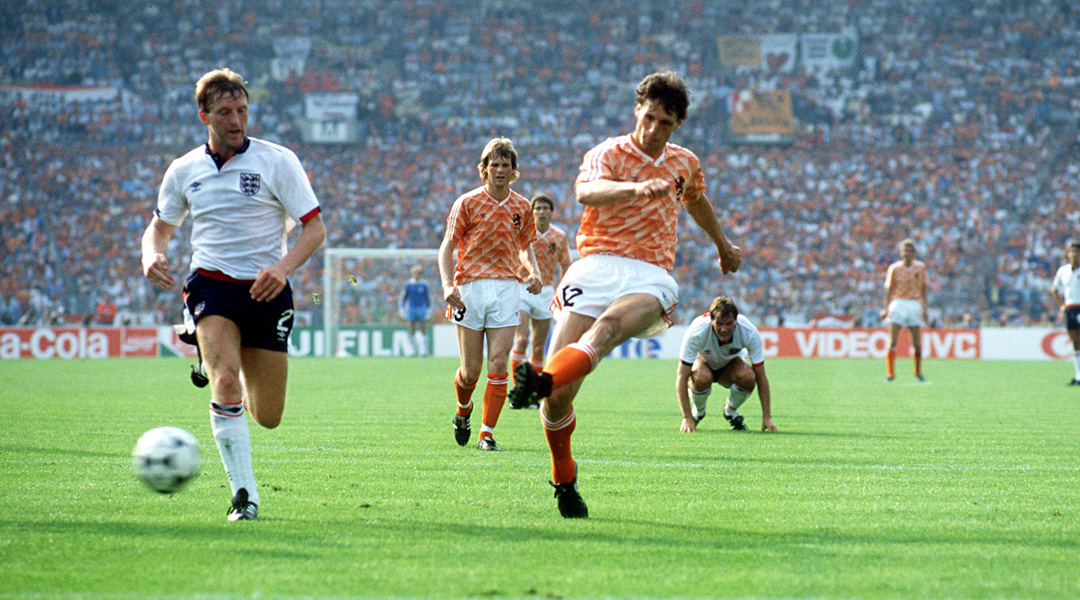
Understandably, Robson's men had one eye on the departure lounge by the time they were beaten 3-1 in their final game by the other would-be finalists, the Soviet Union; England could, with some justification, claim that had the prolific Lineker not been suffering from hepatitis B, as was later discovered, they would have lived up to the striker’s pre-tournament belief that the Three Lions were potential winners.
What happened next
While Butcher’s suggestion this week that the FA should stick by Hodgson the way they “stuck by Bobby ” has validity, his observation that “virtually that same squad went on to reach the last four in Italia 90” isn’t strictly true, with only 13 of the 20 who travelled to West Germany making the 23 two years later. And this is where the comparisons with the current squad get interesting.
While Robson did, indeed, have an experienced core of players to call upon in 1990 – Lineker, Butcher, Peter Shilton, Peter Beardsley, John Barnes and Chris Waddle among them – they were joined by a sprinkling of fresh talent, most notably Paul Gascoigne, David Platt, Stuart Pearce and Des Walker.
Had Kyle Walker, Andros Townsend and Theo Walcott been fit, Hodgson could conceivably have selected 13 outfield players who were 25 or under. So, perversely, this England squad has a core of exciting youngsters, supplemented by a sprinkling of experienced campaigners, with Joe Hart, Wayne Rooney and Danny Welbeck the only players expected to be around in two years’ time to have appeared in more than one tournament.
It’s an extraordinary statistic, but one that could work to Hodgson’s advantage. Gazza & Co. excelled at Italia 90 despite having no tournament experience. The likes of Luke Shaw, Ross Barkley and Raheem Sterling will still be in their early twenties by the time the next Euros come about, with the experience – albeit a slightly chastening one – of Brazil already behind them.
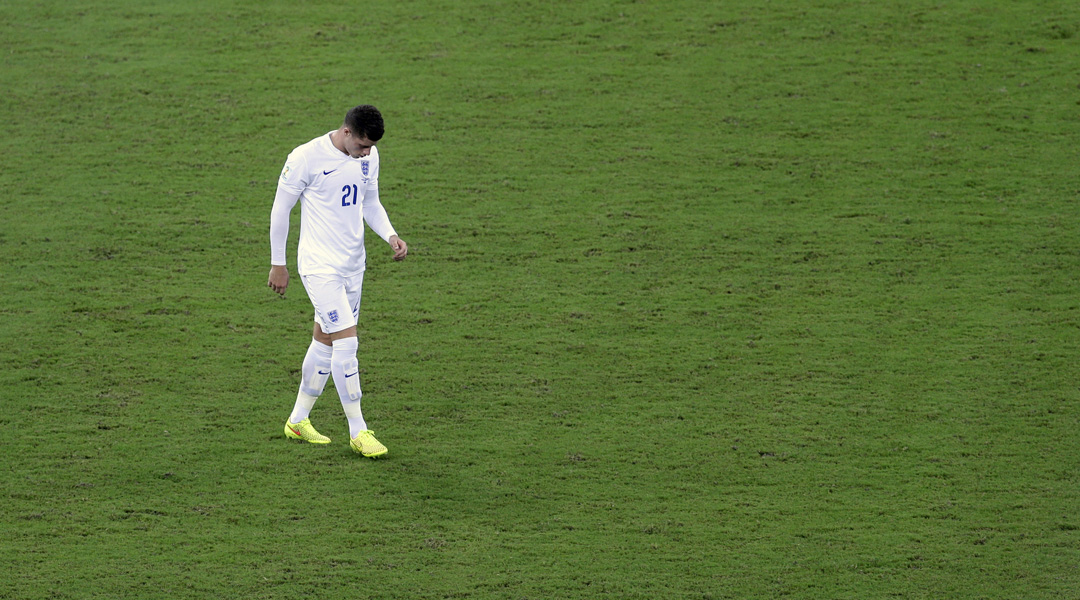
They’ll have to qualify first, of course, but again like their 1988 counterparts, Hodgson’s England have the benefit of a generous qualifying system for the next tournament, with the top two in each group, as well as four third-placed teams, going through to a revamped, 24-team Euro 2016 in France.
Despite their woes in West Germany, however, England didn’t go into Italia 90 with a perceived weakness at centre-back. The experienced Butcher had returned, and the absence of Adams – about to spend some time at Her Majesty’s Pleasure – was hardly noticed thanks to the emergence of the turbo-charged Walker. Robson’s men didn’t concede a single goal in qualifying, albeit in finishing second behind Sweden after three wins and three goalless draws.
Sweeping changes?
It didn’t stop them changing to a sweeper system after their first game in Italy, though, following a frank exchange of views between senior players and the management about how to set up against stronger opposition. It worked, too, despite not being experimented with prior to the tournament.
Which makes us think that maybe it’s something Hodgson should seriously consider. He’s strictly a ‘four at the back’ man, true, but so were most English coaches preceding Italia 90; neither should he be put off by Steve McClaren’s disastrous flirtation with three at the back in Euro 2008 qualifying in Croatia. That was simply a case of wrong game, wrong time, wrong opposition - unlike Terry Venables' clever use of a back three for certain, but not all, Euro 96 games.
As Liverpool proved last season, English players are more tactically adaptable than they’re often given credit for. And as the likes of Holland and Mexico among others have shown us at this World Cup, 3-5-2 can be mightily effective if a manager has “buy-in”.
Given England’s apparent lack of top-quality central defenders, it might seem counter-intuitive to suggest fielding three. And, indeed, if Gary Cahill stays fit into his thirties, John Stones fulfills his potential, Chris Smalling and Phil Jones get the chance to prove they’re the real deal at Manchester United, and Steven Caulker continues to show Spurs what they’ve been missing, maybe they won’t need to.
Either way, as the relative triumph of Italia 90 following the disaster of Euro 88 proves, it needn’t be all despair and false hope for England.
